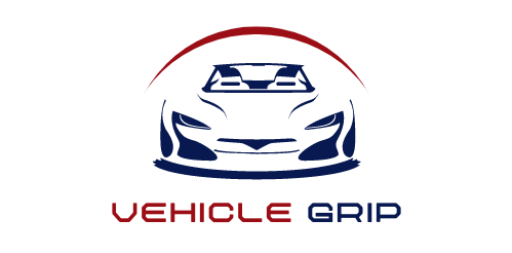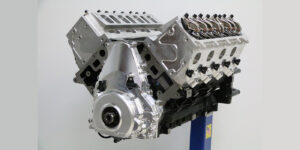The automotive industry is at the forefront of a technological revolution, with innovations that aim to enhance both safety and intelligence in modern vehicles. As manufacturers integrate cutting-edge technologies, drivers and passengers alike are benefiting from features designed to reduce accidents, increase convenience, and elevate the overall driving experience.
Advanced Driver Assistance Systems (ADAS)
ADAS technologies are transforming safety on the road. Features like adaptive cruise control, lane-keeping assistance, and automatic emergency braking rely on sensors, cameras, and radar systems to monitor road conditions and respond proactively. By reducing human error—the leading cause of traffic accidents—these systems are paving the way for safer driving environments.
Artificial Intelligence and Machine Learning
AI and machine learning play a crucial role in modern vehicle development. These technologies enable real-time analysis of vast amounts of data collected from sensors and cameras, helping vehicles make split-second decisions. For example, AI-powered systems can detect obstacles, identify pedestrians, and even predict potential hazards, ensuring drivers are better prepared to avoid collisions.
Vehicle-to-Everything (V2X) Communication
V2X communication allows vehicles to interact with each other, infrastructure, and pedestrians. This connectivity enhances traffic flow and reduces accidents by alerting drivers to road conditions, construction zones, and nearby vehicles. As this technology becomes more widespread, it promises to revolutionize traffic safety by creating smarter transportation networks.
Enhanced Vehicle Interiors
The focus on safety extends to the interior of vehicles, where new designs and innovations aim to protect occupants. From advanced airbag systems to ergonomic seating that reduces injury risk during collisions, interior upgrades are key to improving passenger safety. Additionally, vehicle interior safety accessories like seatbelt tensioners and collision-detection alerts are playing a pivotal role in keeping occupants secure during unforeseen events.
Autonomous Driving Systems
Self-driving technology represents one of the most significant advancements in automotive safety. Although still in its early stages, autonomous systems are equipped with sophisticated sensors, LiDAR, and high-definition mapping to navigate roads with minimal human intervention. These systems are designed to eliminate human errors, potentially reducing accidents and fatalities.
Electric Vehicles and Sustainability
While electric vehicles (EVs) are celebrated for their environmental benefits, they also contribute to safety advancements. Many EVs come with enhanced safety features such as battery management systems to prevent overheating and additional structural reinforcements to protect passengers in the event of a collision.
Future Prospects
As technology continues to evolve, the potential for even smarter and safer vehicles is limitless. Innovations like biometric monitoring, which tracks drivers’ vital signs to detect fatigue or impairment, and augmented reality dashboards, which display critical information in real-time, are just the beginning.
Summary
The integration of safety-focused innovations and intelligent systems in automotive technology is reshaping the way we drive. These advancements not only protect lives but also enhance the convenience and efficiency of transportation. With continued investment in research and development, the future of driving looks safer and smarter than ever.



